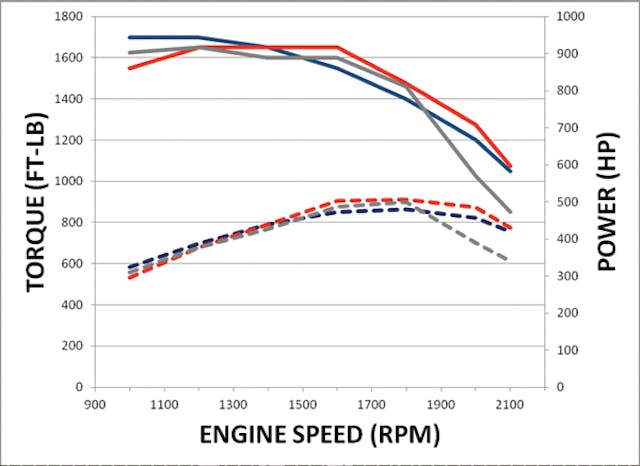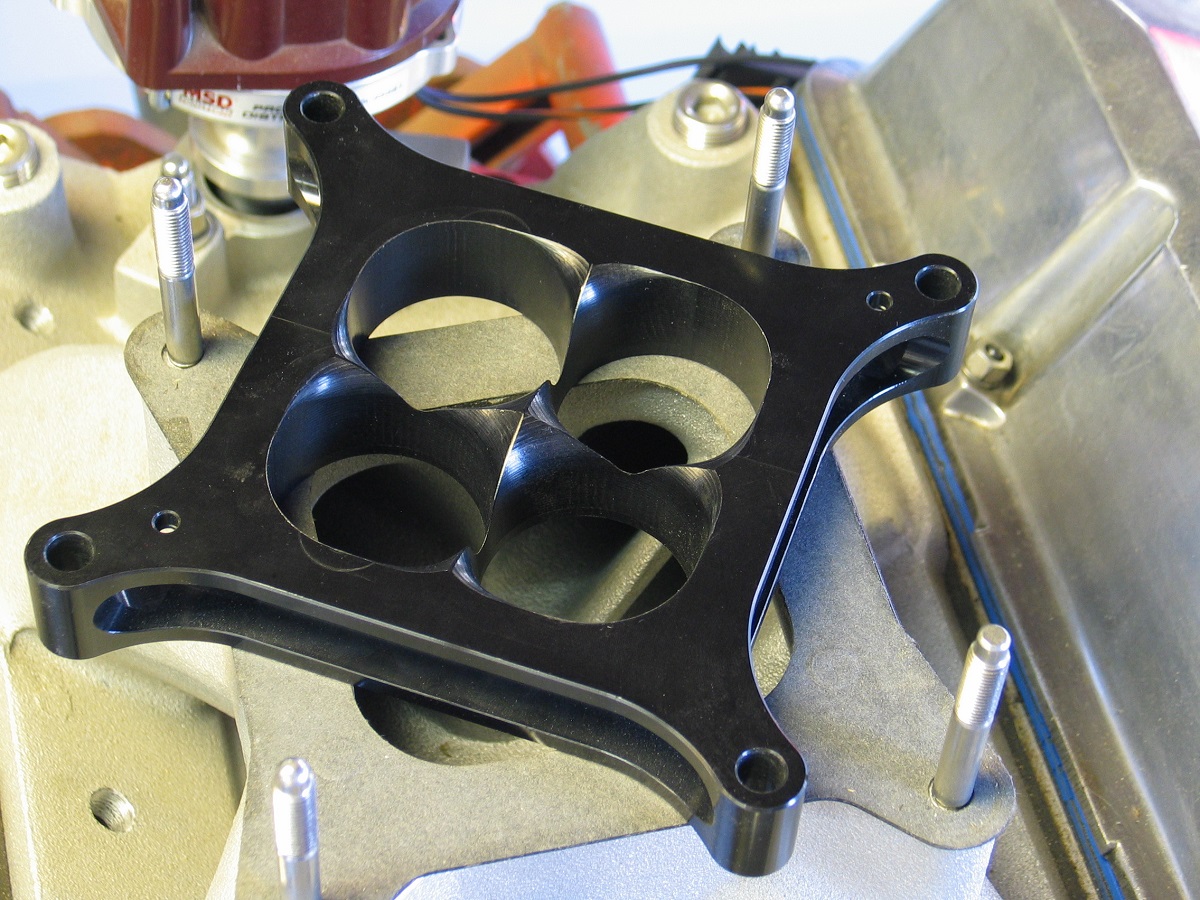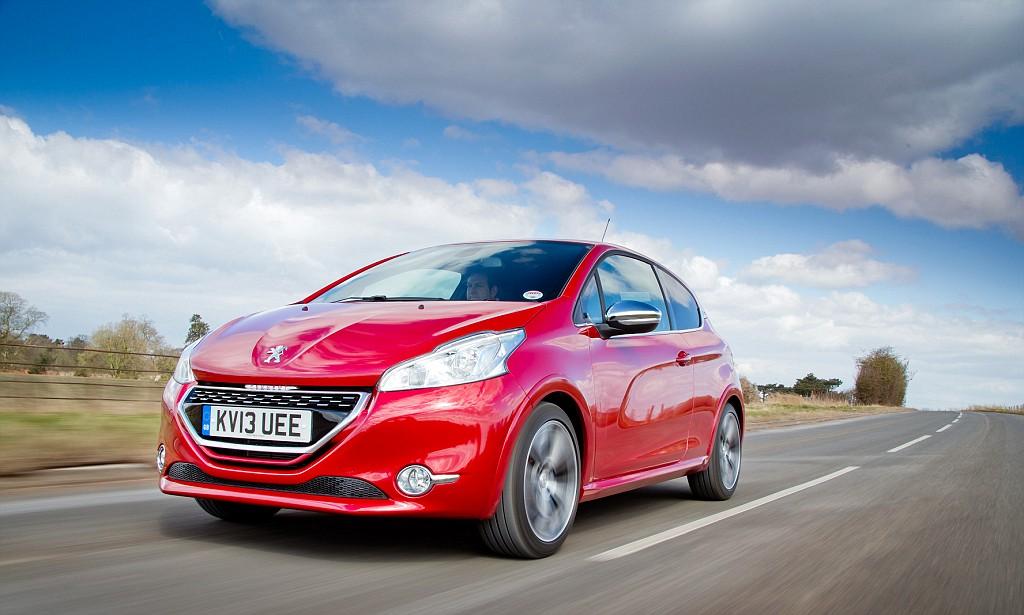How To Increase Low End Torque: Boost Your Engine Performance
Want to boost your engine’s performance? Increasing low end torque can help.
Torque at low RPMs is crucial for better acceleration and pulling power. To understand low end torque, think of it as the force that gets your car moving from a stop. It’s what makes your vehicle feel powerful and responsive at lower speeds.
Increasing low end torque can make everyday driving smoother and more enjoyable. Whether you’re towing a trailer, driving up a steep hill, or just cruising around town, having more torque at lower speeds can be a game-changer. In this guide, we’ll explore practical tips and techniques to enhance your engine’s low end torque. Get ready to experience improved performance and a more dynamic driving experience!

Credit: www.firehouse.com
Introduction To Torque
Understanding torque is crucial for any vehicle enthusiast. Torque plays a significant role in a car’s performance, especially at low speeds. This section will explore the basics of torque and the importance of low-end torque.
What Is Torque?
Torque is a measure of rotational force. It is what makes your car move when you press the accelerator. Imagine using a wrench to tighten a bolt. The force you apply to turn the wrench is torque.
In vehicles, torque is generated by the engine. It is transmitted to the wheels, making them turn. More torque means better acceleration and the ability to carry heavy loads.
Importance Of Low-end Torque
Low-end torque is the torque available at low engine speeds. It is crucial for everyday driving. Good low-end torque means your car can accelerate smoothly from a stop.
It also helps in towing and climbing hills. Vehicles with strong low-end torque feel more responsive. They require less effort to drive in city traffic. Enhancing low-end torque can improve overall driving experience.

Credit: www.onallcylinders.com
Engine Basics
Understanding the basics of an engine is crucial for increasing low end torque. Engines are complex machines, and each component plays a vital role in performance. This section will help you grasp the fundamentals of engine operations.
Engine Components
An engine has various parts that work together. The main components include the crankshaft, pistons, camshaft, and valves. Each of these has a specific function.
The crankshaft converts the pistons’ up-and-down motion into rotational force. Pistons move within the cylinders, powered by combustion. The camshaft controls the opening and closing of the valves. Valves manage the flow of air and fuel into the engine and exhaust gases out.
How Engines Generate Torque
Engines generate torque through combustion. When air and fuel mix and ignite, they create an explosion. This explosion pushes the pistons down. The downward motion of the pistons turns the crankshaft. This turning force is what we call torque.
Low end torque refers to the power an engine produces at lower RPMs (revolutions per minute). Increasing low end torque makes the vehicle feel more powerful during slow speeds. It is essential for tasks like towing or driving uphill.
Upgrading Air Intake
Upgrading your air intake system can significantly boost your vehicle’s low-end torque. The right air intake upgrade ensures that your engine receives more oxygen. This oxygen improves combustion and increases power. Below are some effective air intake upgrades to consider.
Cold Air Intakes
Cold air intakes are a popular choice for enhancing low-end torque. These systems draw cooler air from outside the engine bay. Cooler air is denser and contains more oxygen. This leads to better combustion and more power.
- Improved air flow
- Enhanced throttle response
- Better fuel efficiency
Installing a cold air intake is relatively simple. It often involves replacing the factory air box and intake tube.
Performance Filters
Performance air filters allow more air to flow into the engine. They are designed to filter out contaminants while providing better air flow. This results in improved combustion and increased torque.
| Type | Benefits |
|---|---|
| High-flow filters | Better air flow and filtration |
| Reusable filters | Cost-effective and environmentally friendly |
Replacing your factory air filter with a performance filter is an easy way to gain power. It’s a quick upgrade that offers noticeable results.
Improving Exhaust Systems
Improving exhaust systems can significantly boost low end torque in your vehicle. A well-designed exhaust system helps the engine breathe better. This increases efficiency and power. Let’s explore two key components: high-flow exhausts and headers and manifolds.
High-flow Exhausts
High-flow exhausts reduce backpressure in the system. Less backpressure means the engine can expel exhaust gases more easily. This allows for a smoother and quicker exhaust flow. It improves overall engine performance and low end torque. Look for exhausts designed for your specific vehicle for optimal results.
Headers And Manifolds
Headers and manifolds are critical for exhaust performance. Stock manifolds often restrict exhaust flow. Replacing them with performance headers can improve efficiency. Performance headers have smoother paths for exhaust gases. This reduces turbulence and backpressure. The result is a boost in low end torque.
Tuning The Ecu
Tuning the ECU, or Engine Control Unit, can increase low-end torque. The ECU controls many aspects of an engine’s performance. By adjusting its settings, you can improve power and efficiency. This is a popular method among car enthusiasts and professionals.
Benefits Of Ecu Tuning
ECU tuning can offer several benefits. It can improve engine response. It also helps in better fuel efficiency. You can feel a noticeable increase in low-end torque. This means better acceleration from a standstill. Your vehicle feels more powerful and enjoyable to drive.
Popular Tuning Methods
Several methods exist for tuning the ECU. One common method is using a performance chip. These chips reprogram the ECU to optimize engine settings. Another popular method is using a handheld tuner. This device connects to the vehicle’s diagnostic port. It allows you to upload new tuning maps directly to the ECU.
You can also visit a professional tuning shop. Experts there use advanced software for custom tuning. This is often the most effective method. It ensures the tuning matches your vehicle’s specific needs. Each method has its own advantages and considerations. Choose the one that best fits your goals and budget.
Optimizing Fuel Delivery
Optimizing fuel delivery is crucial for increasing low-end torque. Proper fuel delivery ensures your engine gets the right amount of fuel at the right time. This can significantly improve performance and responsiveness. By focusing on specific components, you can maximize the torque your engine produces at lower RPMs.
High-performance Injectors
High-performance injectors play a key role in fuel delivery. They provide a more precise spray pattern. This ensures better fuel atomization. Improved atomization leads to better combustion efficiency. This translates to more torque at lower engine speeds. Upgrading to high-performance injectors can make a noticeable difference in your vehicle’s performance.
Fuel System Upgrades
Fuel system upgrades are another way to optimize fuel delivery. A high-flow fuel pump can provide the necessary volume of fuel. This ensures that the engine gets a steady supply of fuel even at high demand. Upgrading fuel lines to larger diameters can reduce restrictions. This allows for smoother fuel flow. These upgrades ensure that your engine has the fuel it needs to produce more torque.
Enhancing Ignition Systems
Enhancing ignition systems can increase low-end torque in vehicles. The ignition system plays a key role in the engine’s performance. By upgrading certain parts, you can achieve noticeable improvements. This section focuses on two main components: high-performance spark plugs and ignition coils.
High-performance Spark Plugs
High-performance spark plugs can significantly boost engine torque. They ensure better combustion by providing a stronger spark. This leads to a more efficient burn of the air-fuel mixture. As a result, the engine produces more power at lower RPMs. These spark plugs also offer better durability. They maintain performance even under extreme conditions.
Ignition Coils
Ignition coils are vital for supplying the spark plugs with the necessary voltage. Upgrading to high-performance ignition coils can improve engine response. These coils deliver a more consistent and stronger spark. This helps in better combustion, leading to increased torque. Upgraded coils also enhance fuel efficiency. They reduce misfires and improve overall engine performance.
Using Forced Induction
Using Forced Induction is a great way to boost low-end torque. It works by compressing the air entering the engine. This results in more power and efficiency. Two common types of forced induction are turbochargers and superchargers. Both have their own unique benefits and drawbacks.
Turbochargers
Turbochargers use exhaust gases to spin a turbine. This turbine compresses the air entering the engine. This method can provide significant power gains. Turbochargers are efficient because they use energy that would otherwise be wasted. They can greatly increase low-end torque. But, they can have a lag before the boost kicks in.
- Advantages:
- Improves fuel efficiency
- Uses wasted exhaust gases
- Provides significant power increase
- Disadvantages:
- Turbo lag
- More complex installation
Superchargers
Superchargers are driven by the engine’s crankshaft. This means they provide immediate power boost. No lag. They are more straightforward to install than turbochargers. Superchargers can provide substantial low-end torque. But they can affect fuel efficiency.
- Advantages:
- Immediate power boost
- Simpler installation
- Reliable power increase
- Disadvantages:
- Can decrease fuel efficiency
- Draws power from the engine
Both turbochargers and superchargers can enhance low-end torque. The choice depends on your specific needs and vehicle.
Maintaining Your Engine
Maintaining your engine is crucial for increasing low end torque. Regular maintenance ensures your engine runs smoothly and efficiently. It helps prevent issues that can reduce torque. Keeping your engine in top shape can make a noticeable difference in performance.
Regular Maintenance Tips
Regularly change your engine oil. Fresh oil reduces friction and wear. Use the right type of oil for your engine. Check your oil level often. Low oil can damage your engine. Replace your oil filter with every oil change.
Inspect your air filter. A clean air filter allows your engine to breathe better. Improved airflow can enhance torque. Replace the air filter if it’s dirty or clogged. Clean or replace spark plugs. Worn spark plugs can misfire and reduce performance. Follow the manufacturer’s recommendations for spark plug maintenance.
Monitoring Performance
Keep an eye on your engine’s performance. Listen for unusual noises. Knocking or pinging sounds can indicate problems. Monitor your engine’s temperature. Overheating can cause severe damage. Use a diagnostic tool to check for error codes. These codes can help identify issues before they become major problems.
Pay attention to your engine’s power and response. If you notice a decrease in performance, investigate the cause. Regularly checking and maintaining your engine can help keep your torque at its best.

Credit: carfromjapan.com
Frequently Asked Questions
What Increases Low-end Torque?
Increasing low-end torque involves improving airflow and fuel delivery. Upgrading the intake, exhaust systems, and tuning the engine are effective methods.
Does Exhaust Affect Low-end Torque?
Yes, the exhaust system affects low-end torque. A less restrictive exhaust can improve airflow, enhancing torque at lower RPMs.
Can Tuning Improve Low-end Torque?
Tuning can significantly improve low-end torque. Adjusting engine parameters ensures optimal performance and power delivery at lower RPMs.
How Do Camshafts Impact Low-end Torque?
Camshafts impact low-end torque by controlling valve timing. A camshaft designed for low-end torque optimizes airflow at lower RPMs.
Conclusion
Boosting low end torque improves vehicle performance and driving experience. Simple upgrades, like a cold air intake or exhaust system, make a big difference. Regular maintenance ensures your engine runs smoothly. Experiment with modifications to find the best fit for your vehicle.
Remember, each car responds differently to changes. Patience is key. Enjoy the enhanced power and better throttle response. Drive safely and responsibly while testing these enhancements. Happy driving!







